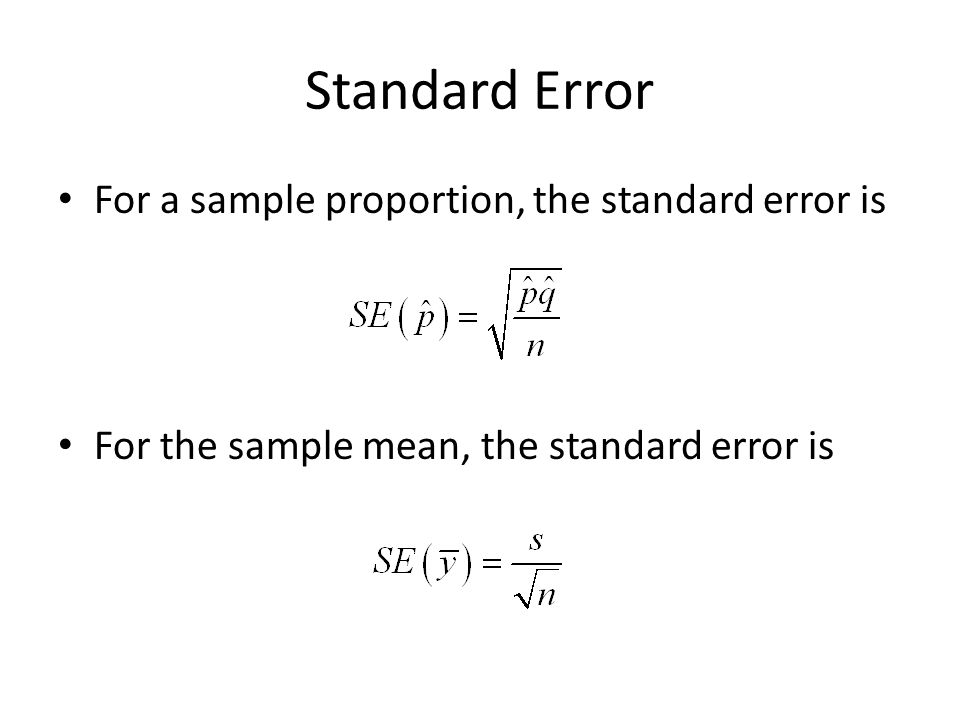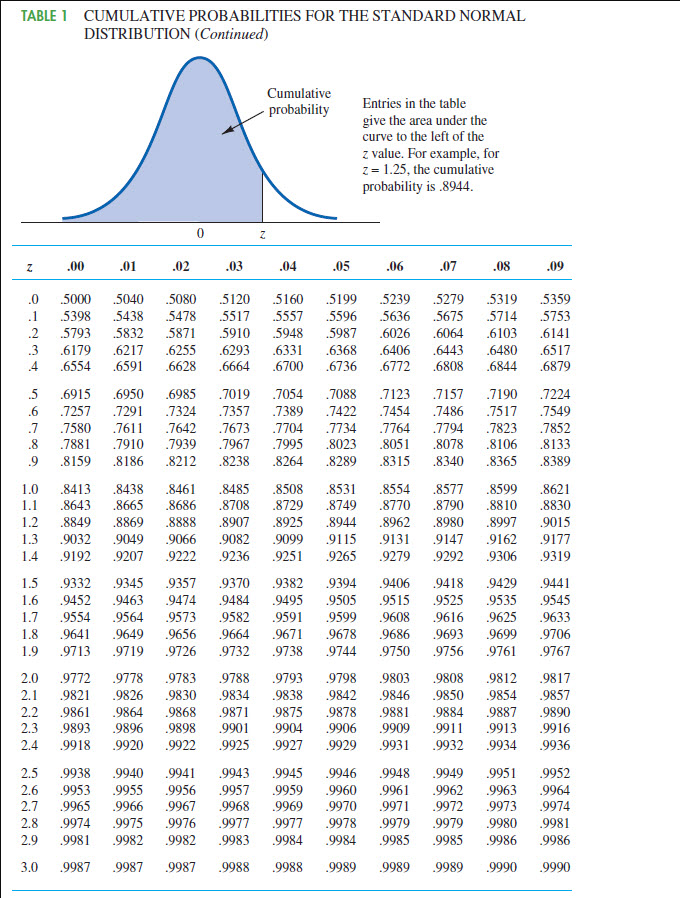

It's a statistic measure calculated from the sampling distributions where the large size samples or proportions reduces the SE of a statistic proportionally and vice versa. Setup the test of significance or hypothesis for large & small sample size (student's t & Z statistic) to measure the reliability of sample & population parameter and the estimation the confidence interval for population parameter are some of the major applications of standard error. Because we do not know p ( 1 p), we have to estimate it. The standard error of X ¯ is the square root of this quantity. It is one of an important & most frequently used functions in statistics & probability. Since the X i are independent and each one has variance Var ( X i) p ( 1 p), the sampling variance of the proportion therefore is Var ( X ¯) i 1 n Var ( i X i) p ( 1 p) i 1 n i 2. In other words, it's a numerical value that represents standard deviation of the sampling distribution of a statistic for sample mean x̄ or proportion p, difference between two sample means (x̄ 1 - x̄ 2) or proportions (p 1 - p 2) (using either standard deviation or p value) in statistical surveys & experiments.

It shows how effective the selected sample size n is in the statistical experiments or the reliability of experiment results with respect to the sample size. In probability & statistics, the standard deviation of sampling distribution of a statistic is called as Standard Error often abbreviated as SE.


 0 kommentar(er)
0 kommentar(er)
